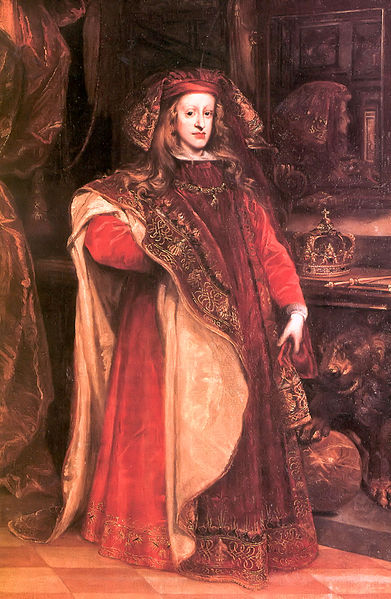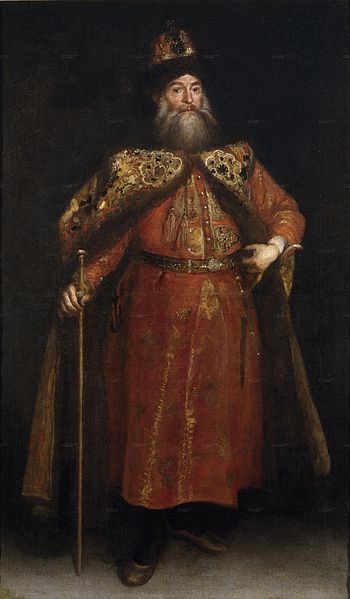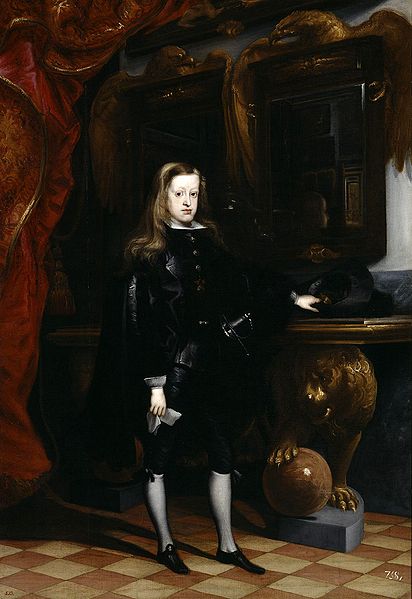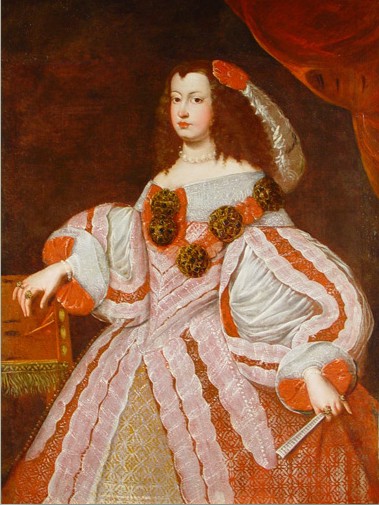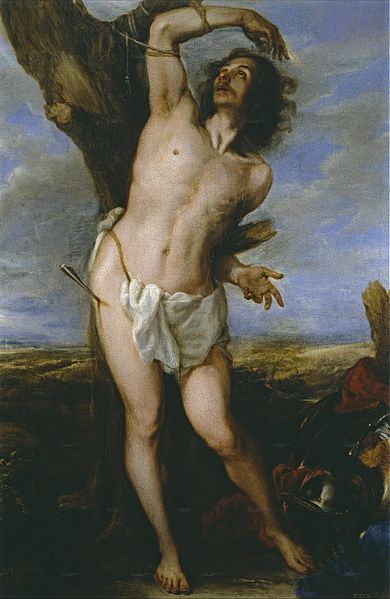<Back to Index>
- Painter Alonzo Cano, 1601
- Painter Juan Carreño de Miranda, 1614
PAGE SPONSOR
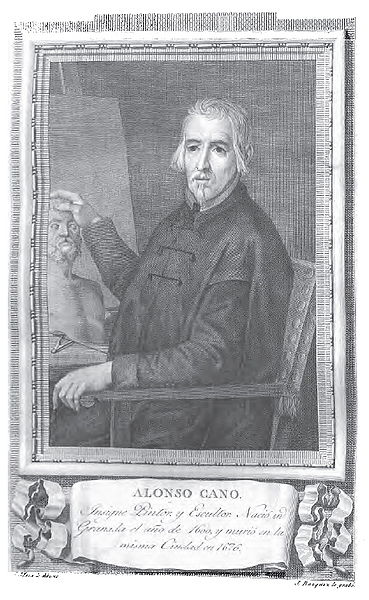
Alonzo Cano or Alonso Cano (19 March 1601 – 3 September 1667) was a Spanish painter, architect and sculptor born in Granada. He learned architecture from his father, Miguel Cano; painting in the academy of Juan del Castillo, and from Francisco Pacheco the teacher of Velázquez; and sculpture from Juan Martínez Montañés. As a sculptor, his most famous works are the Madonna and Child in the church of Lebrija (also called Nebrija), and the colossal figures of San Pedro and San Pablo.
He was made first royal architect, painter to Philip IV, and instructor to the prince, Balthasar Charles, Prince of Asturias. The King gave him the church preferment of a canon of the Granada Cathedral (1652), in
order to take up a position as chief architect of the cathedral, where
his main achievement in architecture was the façade, designed at
the end of his life and erected to his design after his death.
He was notorious for his ungovernable temper; and it is said that once he risked his life by committing the then capital offense of dashing to pieces the statue of a saint, when in a rage with the purchaser who begrudged the price he demanded. According to another story, he found his house robbed after coming home one evening, his wife murdered, and his Italian servant fled. Notwithstanding the presumption against the fugitive, the magistrates condemned Cano, because he was of a jealous temper. Upon this he fled to Valencia, but afterwards returned to Madrid, where he was put to the torture, which he endured without incriminating himself, and the king received him into favor.
After the death of his wife he took Holy Orders as
a protection from farther prosecution, but still continued his
professional pursuits. He died in 1676. In his last moments, when the
priest held to him a crucifix, he told him to take it away; according to the Catholic Encyclopedia, this was because the priest gave the Sacrament to conversos.
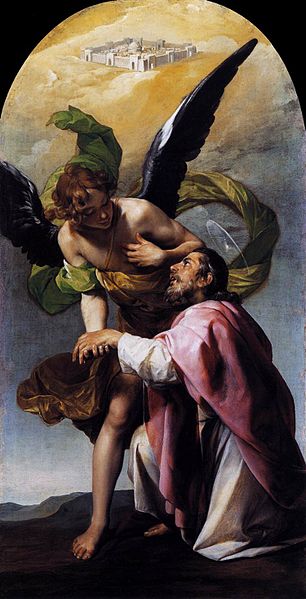
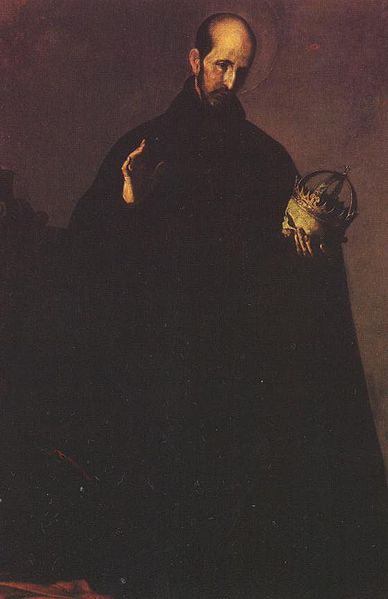
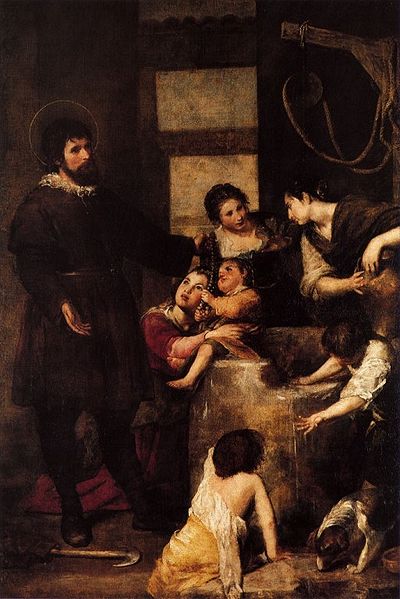
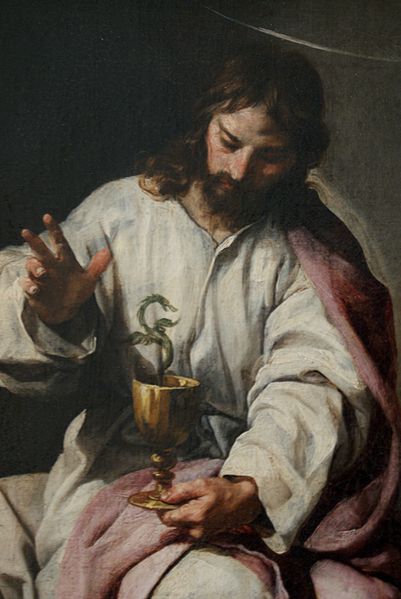
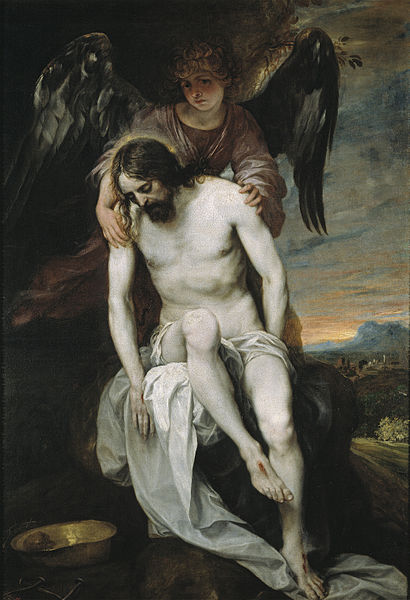
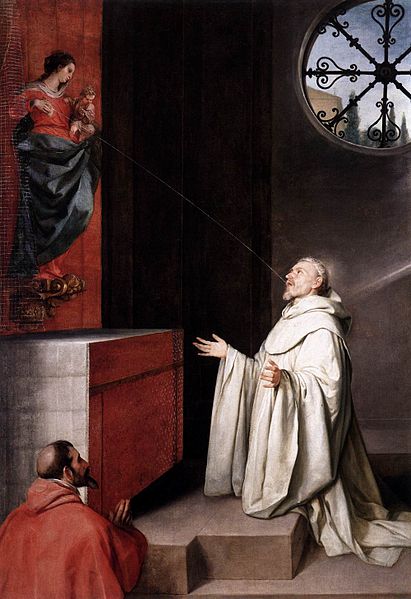
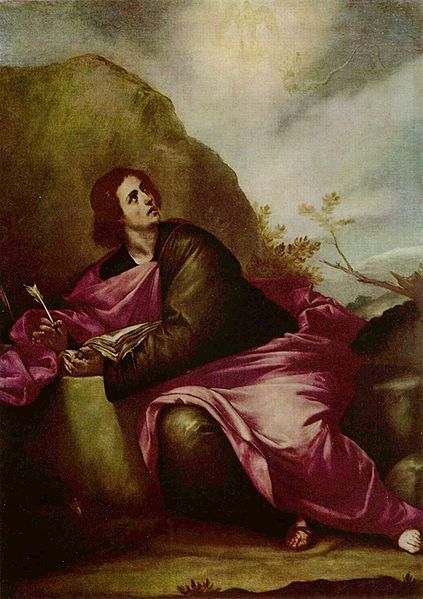
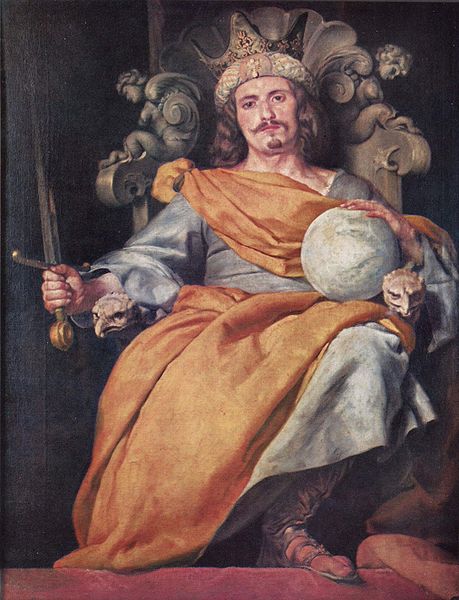
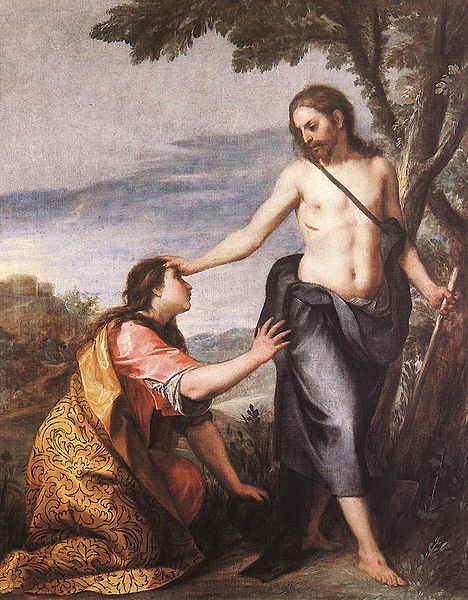
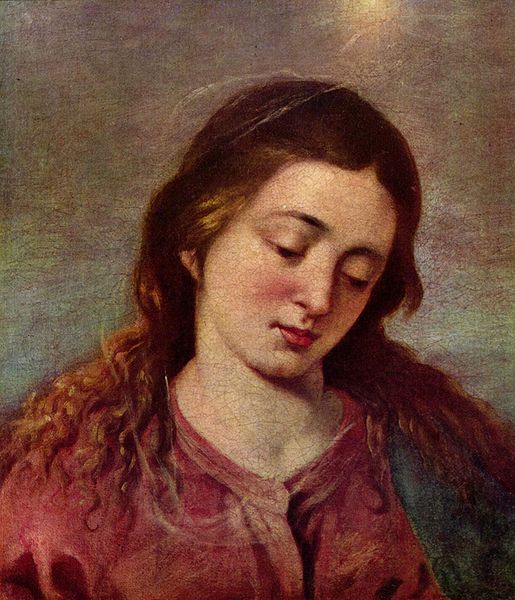
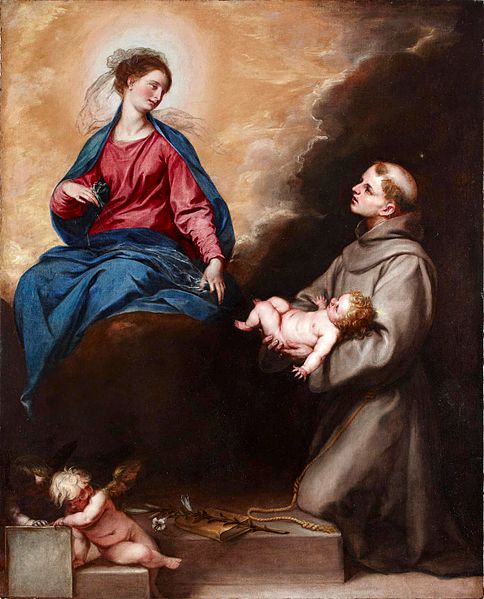
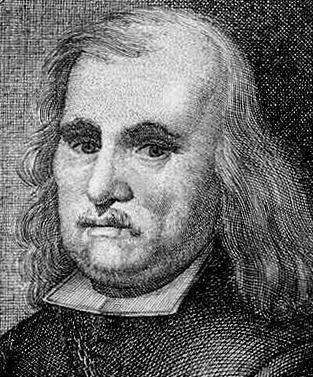
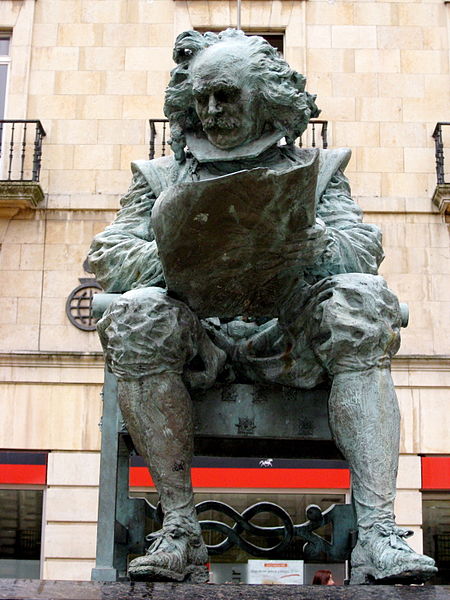
Juan Carreño de Miranda (25 March 1614 — 3 October 1685) was a Spanish painter of the Baroque period.
Born in Avilés in Asturias, son of a painter with the same name, Juan Carreño de Miranda. His family moved to Madrid in 1623, and he trained in Madrid during the late 1620s as an apprentice to Pedro de Las Cuevas and Bartolomé Roman. He came to the notice of Velázquez for his work in the cloister of Doña María de Aragón and in the church of El Rosario. In 1658 Carreño was hired as an assistant on a royal commission to paint frescoes in the Alcázar of Madrid, which was destroyed in a fire in 1734. In 1671, upon the death of Sebastian de Herrera, he was appointed court painter to the queen (pintor de cámara) and began to paint primarily portraits. He refused to be knighted in the order of Santiago, saying Painting needs no honors, it can give them to the whole world. He is mainly recalled as a painter of portraits. His main pupils were Mateo Cerezo, Cabezalero, Donoso, Ledesma y Sotomayor. He died in Madrid.
Noble by
descent, he had an understanding of the workings and psychology of the
royal court as no painter before him, making his portraits of the
Spanish royal family in an unprecedented documentary fashion. Most of
his work are portraits of the royal family and court, though there are
some altarpieces, early works commissioned mainly by the church.
